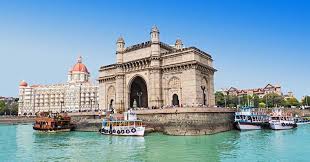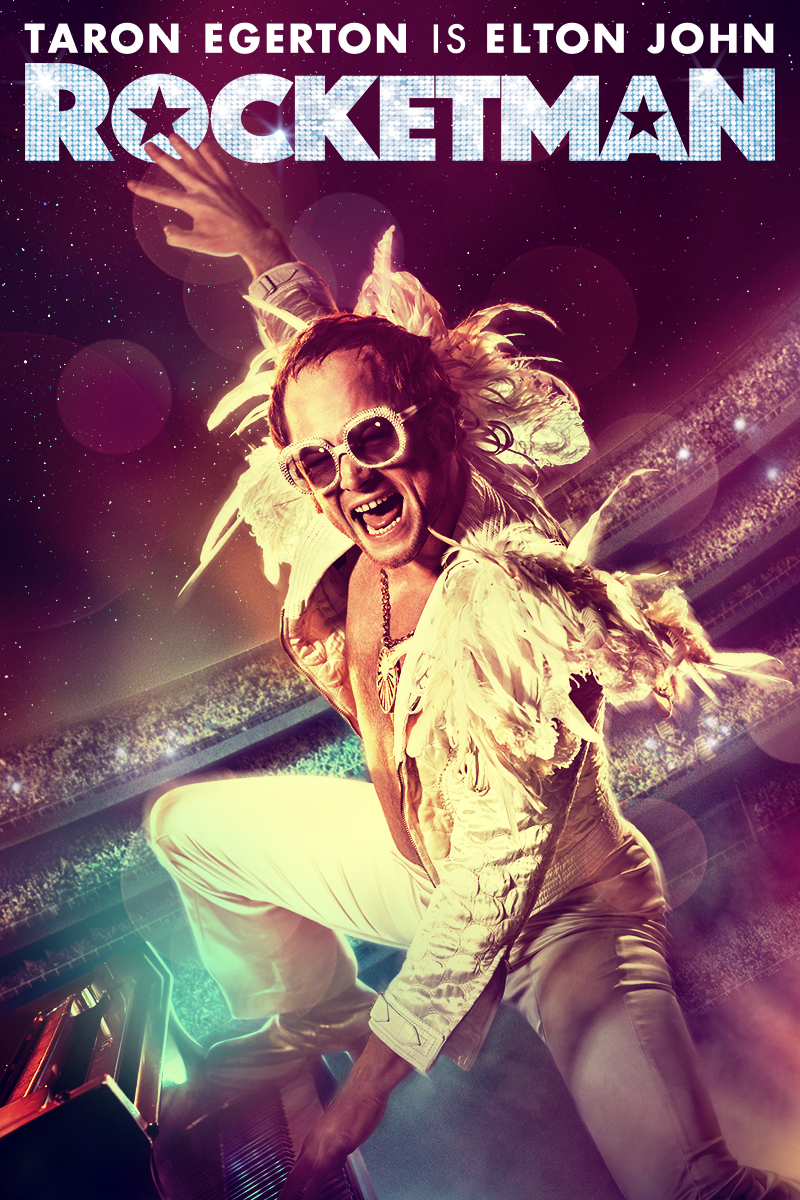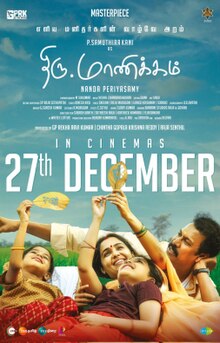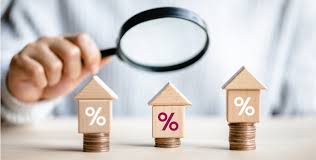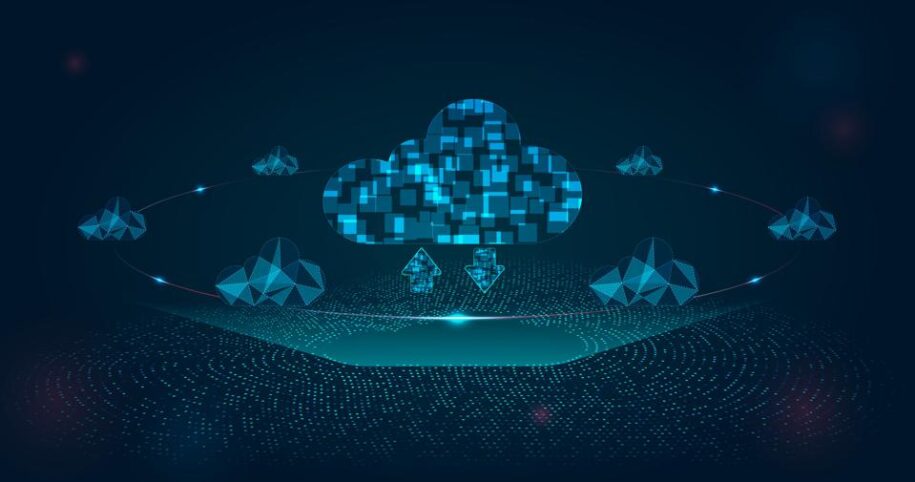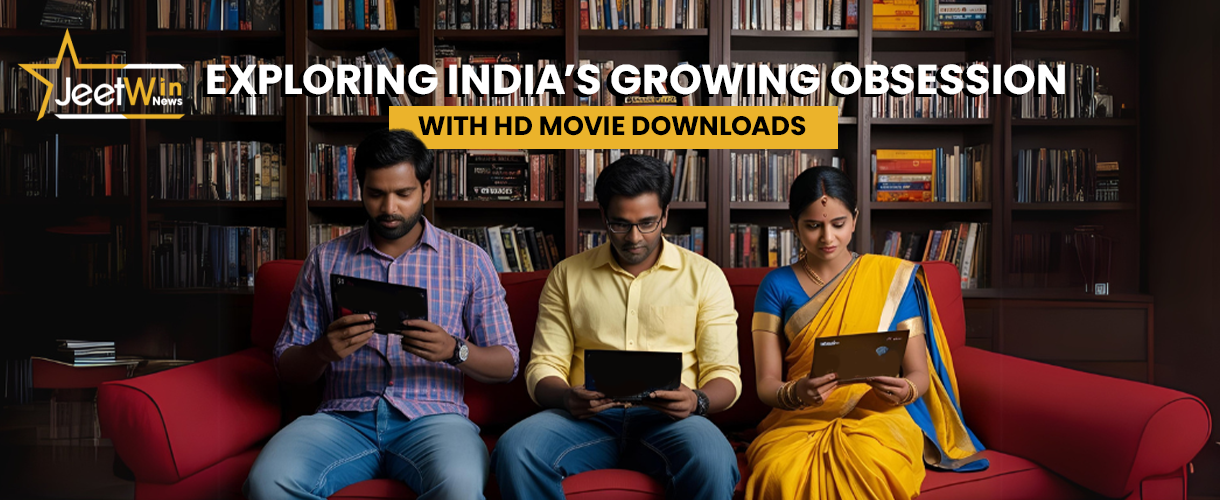Mumbai, often referred to as “Big Mumbai,” is the financial capital of India and one of the world’s most populous cities. Located on the west coast of India, this vibrant metropolis boasts a unique blend of modernity and tradition, rich history, and a booming economy. Whether you’re a business tycoon, an artist, or a tourist, Mumbai offers something for everyone. The city never sleeps, constantly evolving, and remains a beacon of hope and aspiration for millions.
The Magnitude of Big Mumbai
Mumbai is known for its towering skyscrapers, sprawling slums, luxury hotels, busy markets, and a range of lifestyles that coexist in harmony. With a population exceeding 20 million people, Big Mumbai is a bustling hub of commerce, culture, and creativity.
The city covers an area of approximately 603 square kilometers and is a cluster of islands that were once separated by water, but land reclamation has since connected them. Big Mumbai is home to some of the most famous landmarks in India, including the Gateway of India, Marine Drive, and the Elephanta Caves.
Its reputation as a city of dreams is backed by its role as the financial backbone of the country, with the Bombay Stock Exchange (BSE), Reserve Bank of India (RBI), and countless national and international corporations based here.
Mumbai: The City of Dreams
One of the major attractions of Big Mumbai is its vibrant Bollywood industry, the world’s largest film producer. Bollywood films are watched by millions worldwide, and Mumbai stands at the epicenter of this cinematic phenomenon. The presence of A-list stars, studios, and award ceremonies make Mumbai a dream destination for aspiring actors and filmmakers.
Beyond the glitter of Bollywood, Mumbai has a thriving art, music, and fashion scene. From contemporary art galleries to music festivals and fashion weeks, Big Mumbai is a cultural melting pot where traditional values meet modern trends. It is a city that celebrates diversity, and people from every part of India and the world come here seeking new opportunities and experiences.
The Economy of Big Mumbai
Mumbai is India’s financial capital, and its economic landscape is diverse and dynamic. The city accounts for over 25% of India’s industrial output, around 40% of its foreign trade, and more than 60% of its capital market transactions. The financial services sector is a driving force, with numerous banks, insurance companies, and multinational corporations having their headquarters in the city.
The city’s economy is also fueled by industries such as textiles, entertainment, information technology, and retail. The presence of key global players in Mumbai has helped transform the city into a major hub for multinational businesses. This has led to an increase in foreign investments and a growing start-up ecosystem that drives innovation in diverse fields.
In addition to business, Mumbai is also a major port city. The Jawaharlal Nehru Port Trust (JNPT), located near Mumbai, is the busiest container port in India. It handles the bulk of the country’s import and export activities, making the city a critical player in India’s global trade.
The Diversity of Big Mumbai
One of the most striking features of Big Mumbai login is its diversity. It is a city that embraces every culture, religion, and language. You can find a neighborhood that caters to nearly every taste and background: from the cosmopolitan atmosphere of Colaba and Bandra to the traditional charm of areas like Byculla and Dharavi.
The cultural diversity in Mumbai can be seen in its festivals, cuisine, and everyday life. The city celebrates everything from the grandeur of Ganesh Chaturthi and Diwali to the exuberance of Eid and Christmas. The streets of Mumbai are filled with people who bring their own traditions, rituals, and customs, contributing to the city’s rich and varied cultural fabric.
Food lovers can explore an array of cuisines—from local Maharashtrian delicacies like pav bhaji and vada pav to international flavors found in the city’s numerous restaurants. Mumbai is a foodie’s paradise, where every corner offers something new to try.
Challenges Facing Big Mumbai
While Big Mumbai continues to thrive as India’s economic and cultural hub, the city is not without its challenges. Rapid urbanization and population growth have led to a shortage of affordable housing, resulting in the spread of slums across the city. Around 60% of Mumbai’s population lives in these informal settlements, where living conditions can be extremely poor.
The city also faces challenges related to transportation, pollution, and waste management. The infamous Mumbai traffic is a daily struggle for commuters, with clogged roads and an inadequate public transportation system. The local train network, while extensive, often gets overcrowded, leading to accidents and delays.
Despite these challenges, Mumbai continues to grow, and efforts are underway to improve the city’s infrastructure and quality of life for its residents. Projects like the Mumbai Metro and coastal road development aim to alleviate traffic congestion, while initiatives like Swachh Mumbai focus on cleanliness and waste management.
Frequently Asked Questions about Big Mumbai
1. What is Mumbai known for?
Mumbai is known for being the financial capital of India, home to Bollywood, the Gateway of India, and the city’s diverse culture. It is also famous for its historical landmarks, iconic skyline, vibrant street food scene, and bustling markets.
2. What is the population of Mumbai?
Mumbai has a population of over 20 million people, making it one of the most populous cities in the world.
3. What is the best time to visit Mumbai?
The best time to visit Mumbai is between November and February, when the weather is cooler and more pleasant. The monsoon season from June to September can be challenging due to heavy rains.
4. How safe is Mumbai for tourists?
Mumbai is generally considered safe for tourists, with its well-patrolled streets and tourist-friendly atmosphere. However, as with any major city, it’s recommended to exercise caution, especially in crowded areas.
5. What are the best places to visit in Mumbai?
Some of the must-visit places in Mumbai include the Gateway of India, Marine Drive, Elephanta Caves, Chhatrapati Shivaji Maharaj Terminus, and the bustling markets of Colaba and Crawford Market.
6. How can I get around Mumbai?
Mumbai has a variety of transportation options, including local trains, buses, taxis, auto-rickshaws, and the Mumbai Metro. The local trains are the fastest mode of transport, but they can get crowded. Taxis and auto-rickshaws are also widely available.
Conclusion: Big Mumbai – A City of Endless Possibilities
Big Mumbai is a city that never fails to amaze with its energy, dynamism, and unique blend of cultures. It stands as a testament to the strength and resilience of its people, who navigate the complexities of daily life while continuing to dream big. Whether you’re visiting as a tourist, a business professional, or someone seeking new opportunities, Mumbai offers an experience like no other.


